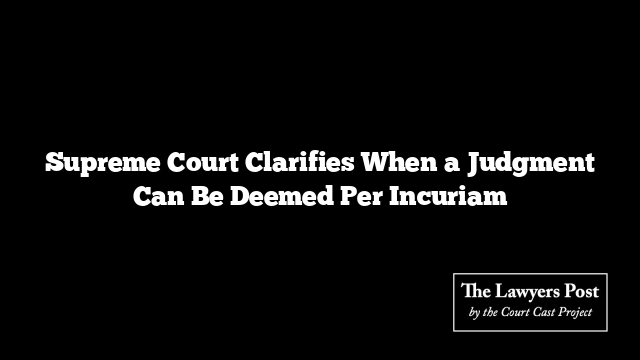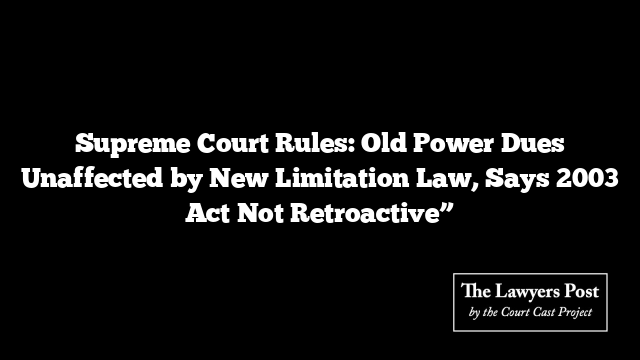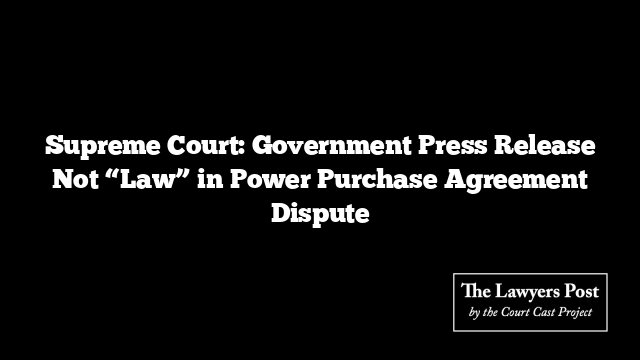In a significant ruling, the Supreme Court of India clarified the circumstances under which a judgment may be considered per incuriam—a legal term describing decisions made in disregard of binding authority that could have altered the outcome. This explanation emerged in the context of a review surrounding the 2017 Mukund Dewangan decision.
A five-judge bench, headed by Chief Justice DY Chandrachud along with Justices Hrishikesh Roy, PS Narasimha, Pankaj Mithal, and Manoj Misra, dissected the principles that could render a judgment per incuriam, outlining several key factors:
- Overlooked Statutory or Precedent Centrality: For a decision to be deemed per incuriam, it must overlook a crucial statutory provision or legal precedent that, if considered, might have led to a different result. Such omissions are not minor; they involve glaring omissions or inconsistencies that directly influence the case.
- Applicability Limited to Ratio Decidendi: This principle applies solely to the core reasoning of a decision (ratio decidendi), rather than any side comments or additional observations (obiter dicta).
- Protocol for Precedent Doubt: When a court questions an existing precedent, it must either adhere to it or refer the matter to a larger bench for reconsideration.
- Demonstrable Error: Per incuriam applies when a decision’s reasoning is demonstrably flawed—often due to an oversight of an essential statutory provision or an authoritative precedent in direct conflict with the decision’s reasoning.
In this instance, while the Court noted that the Mukund Dewangan ruling missed certain aspects of the Motor Vehicles Act, it determined these omissions were not substantial enough to change the judgment’s outcome.
The judgment brings clarity to the doctrine of per incuriam—a rarely applied principle—and establishes guidelines for its invocation, reinforcing the judiciary’s commitment to upholding sound legal precedent.





